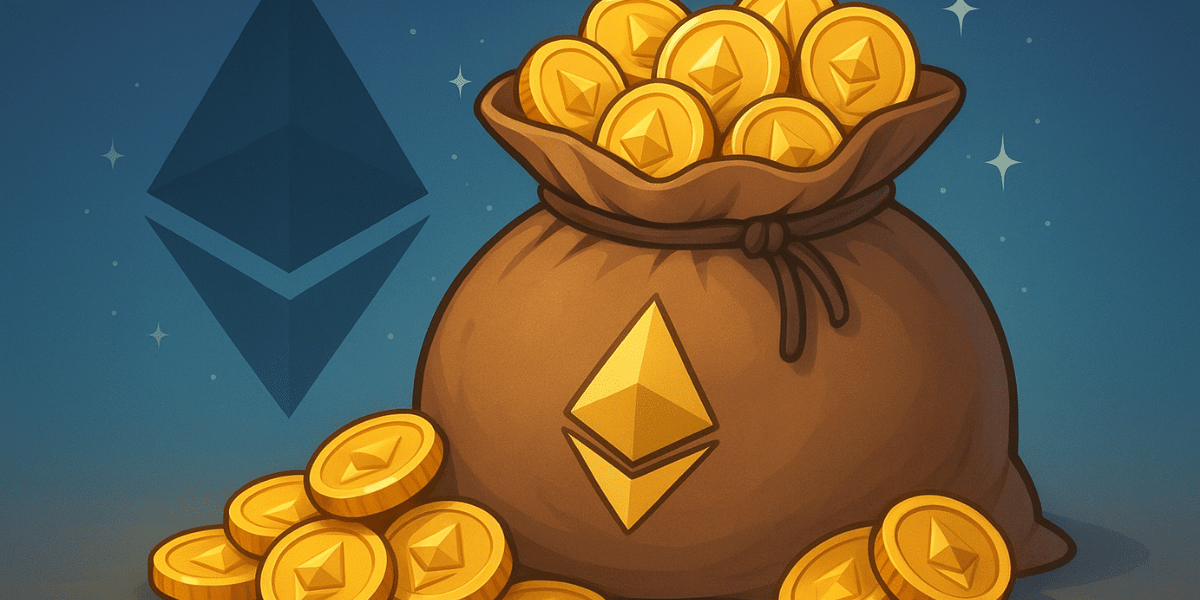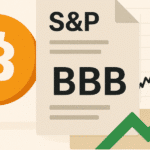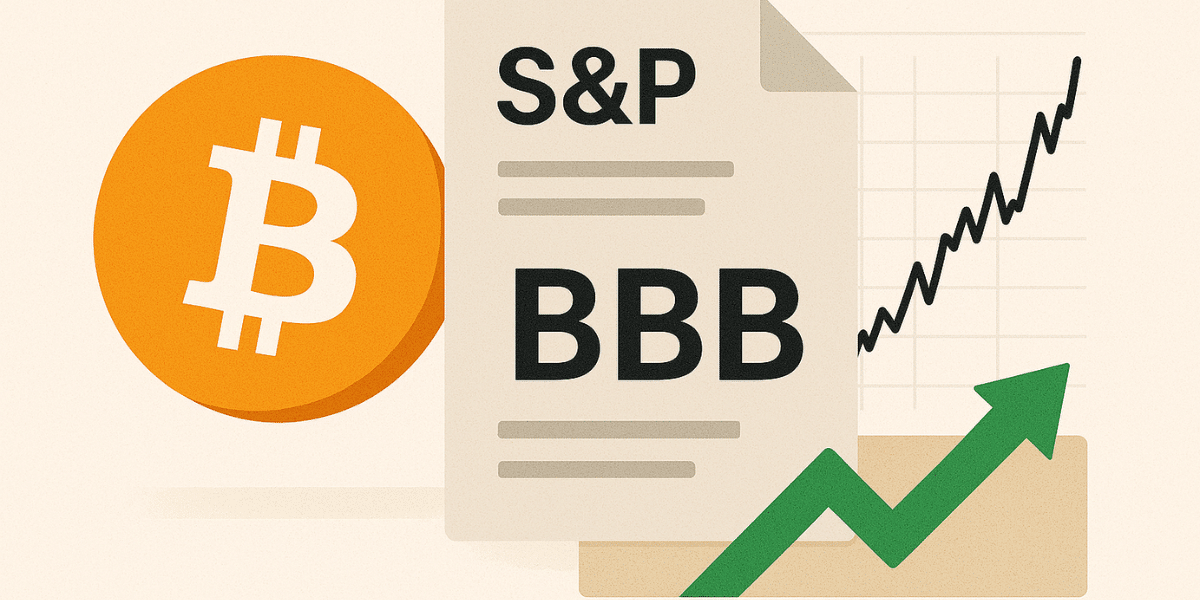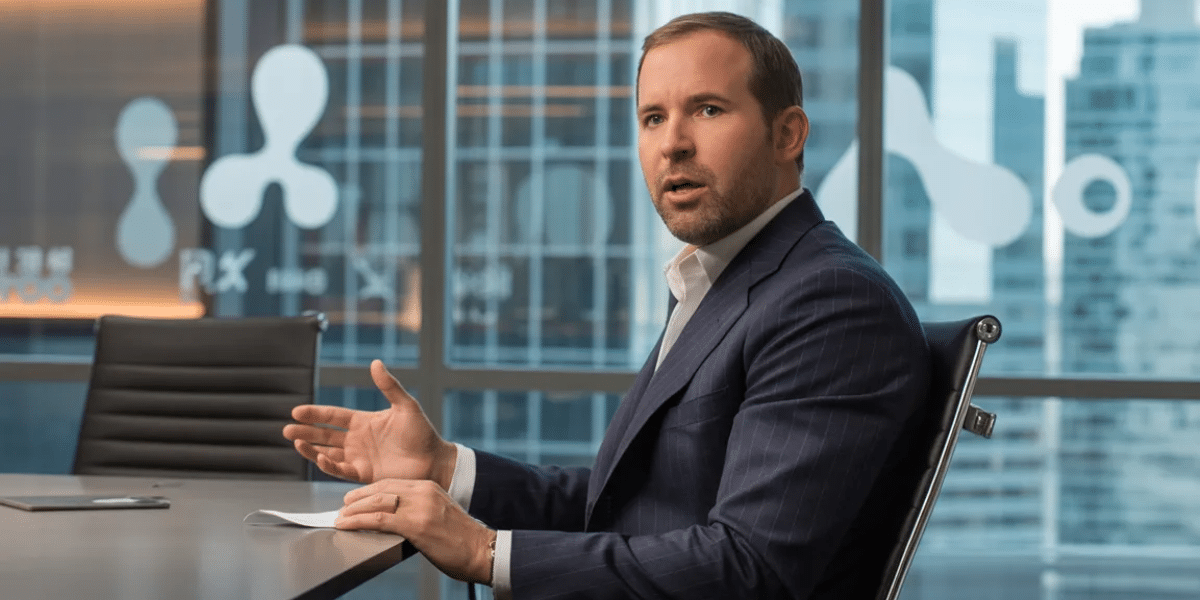ETH Upgrade Alert: Fusaka Hard Fork Could Finally Fix Ethereum’s Biggest Problem
This article was first published on The Bit Journal: After completing the final testnet, Ethereum’s Fusaka upgrade heads to Mainnet launch —will it deliver the security and scalability improvements?
The Ethereum Foundation successfully carried out the final dress rehearsal for the Ethereum Fusaka upgrade last Tuesday and is now preparing for the Fusaka hard fork Mainnet launch. If the upgrade is successful, the hard fork is expected to enhance network scalability and integration stability significantly.
Streamline Data Sampling and Verification
According to an X social media post by Stokes, the final testnet went live around 18:53 UTC on the Hoodi testnet and involved passing several code changes designed to make the Ethereum blockchain more scalable and cost-efficient. Following the passing of the final test, the blockchain is now preparing for the Fusaka hard fork Mainnet activation in early December.
A testnet is a replica of a blockchain’s leading network that allows developers to test major upgrades and address emerging issues before going live on Mainnet.
Ethereum’s Fusaka upgrade aims to streamline data sampling and verification from layer 2 networks, thereby enhancing the blockchain’s efficiency. Additionally, the upgrade will help reduce transaction costs and improve the user experience. The upcoming Fusaka hard fork Mainnet launch is seen as an essential layer of scaling, with pundits believing it will enable Ethereum to handle more transactions more cheaply.
Improve the Network’s Efficiency and Scalability
Hoodi, the final testnet for Ethereum’s Fusaka upgrade, comes soon after the Holesky and Sepolia testnets and will now lead to the Fusaka hard fork Mainnet launch. According to a statement from the Ethereum Foundation, the Fusaka hard fork Mainnet launch will take place at least 30 days after the completion of the Hoodi test.
Ethereum’s Fusaka upgrade is a back-end-focused technical upgrade aimed at improving the network’s efficiency and scalability, while raising the block gas limit, expanding data “blob” capacity, and strengthening node security features. Notably, the upgrade includes EIP-7594, which introduces the PeerDAS (Peer Data Availability Sampling) technology.
This method enables validators to sample and verify only parts of the data rather than the entire structure, thereby enhancing data availability for layer-2 networks and increasing verification efficiency.
Conclusion
Ethereum’s Fusaka upgrade encompasses a major network overhaul coming six months after the network implemented the “Pectra” upgrade last May. Developers are upbeat and already discussing the next move, dubbed the “Glamsterdam” upgrade, aiming to enhance and block production speed and transaction parallel processing.
Suppose the upgrade is completed successfully and the Fusaka hard fork Mainnet launch happens as planned. In that case, users can expect a more mature experience in terms of network scalability and layer-2 integration stability.
Glossary to Key Terms
Fusaka upgrade: A significant update to the Ethereum blockchain designed to increase its scalability and efficiency, primarily by boosting transaction capacity and improving how data is handled.
Hard Fork: A backward-incompatible upgrade that creates a permanent split in the network, resulting in two separate and independent blockchains.
Testnet: A replica blockchain network used by developers to test applications, smart contracts, and protocols without using real funds.
Mainnet: The live, fully functional blockchain network where real-world transactions with actual digital assets take place.
Frequently Asked Questions about Fusaka Upgrade
What is the Fusaka upgrade?
A significant network update: Fusaka combines the Osaka (execution layer) and Fulu (consensus layer) upgrades to improve Ethereum’s performance.
When will it launch?
The targeted date for Mainnet activation is December 3, 2025. Public testnet deployments have preceded the Mainnet launch to ensure everything is coordinated correctly.
What will be the impact on users?
The upgrade is expected to make transactions on Layer-2 rollups cheaper and more affordable, and users should expect smoother transactions on scaling solutions due to improved network efficiency.
What are the benefits of the technical improvements?
The block gas limit will be increased from 45 million to 150 million, allowing for more transactions per block as PeerDAS will improve data availability, which is crucial for Layer-2 rollups.
Read More: ETH Upgrade Alert: Fusaka Hard Fork Could Finally Fix Ethereum’s Biggest Problem">ETH Upgrade Alert: Fusaka Hard Fork Could Finally Fix Ethereum’s Biggest Problem





